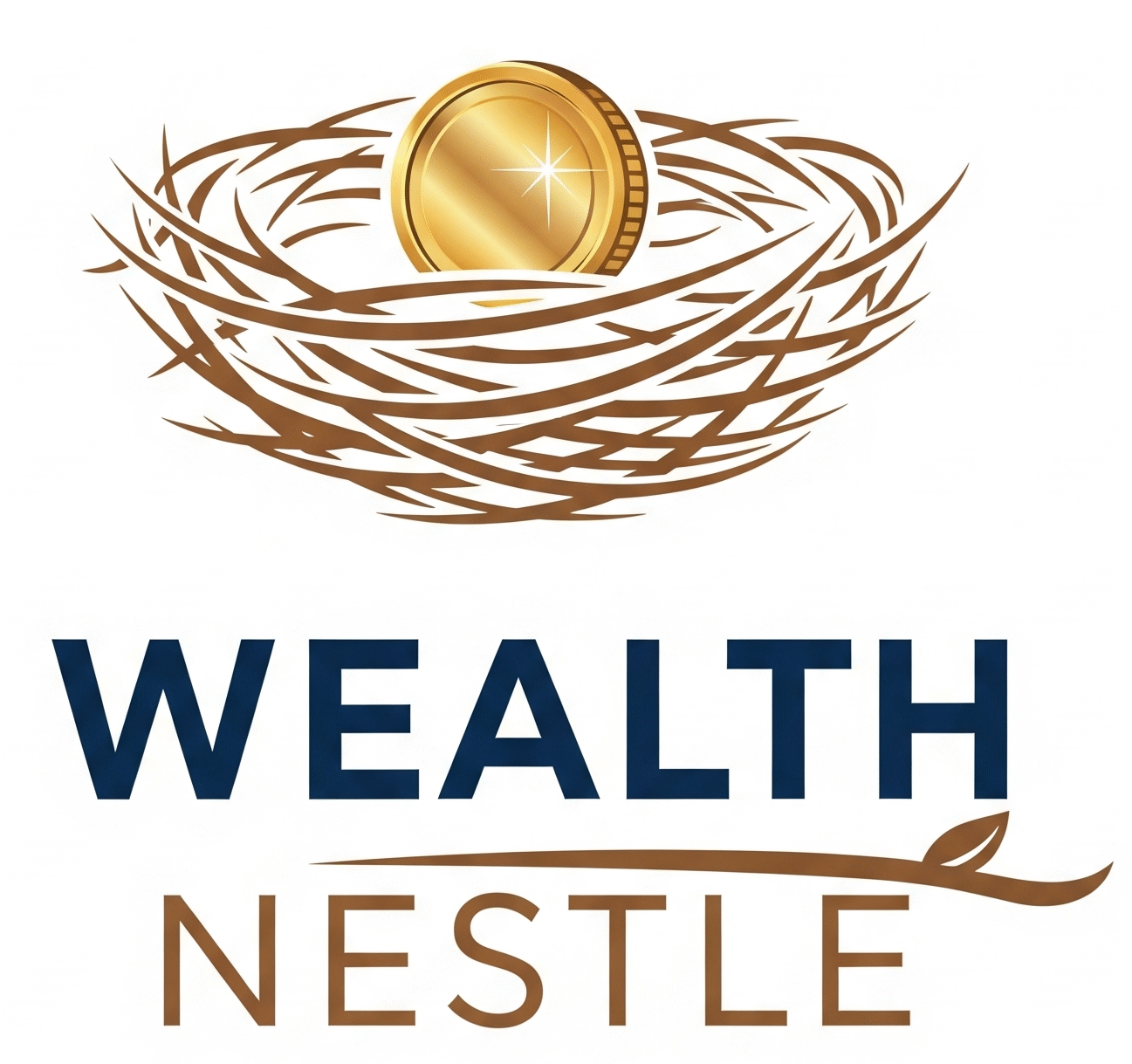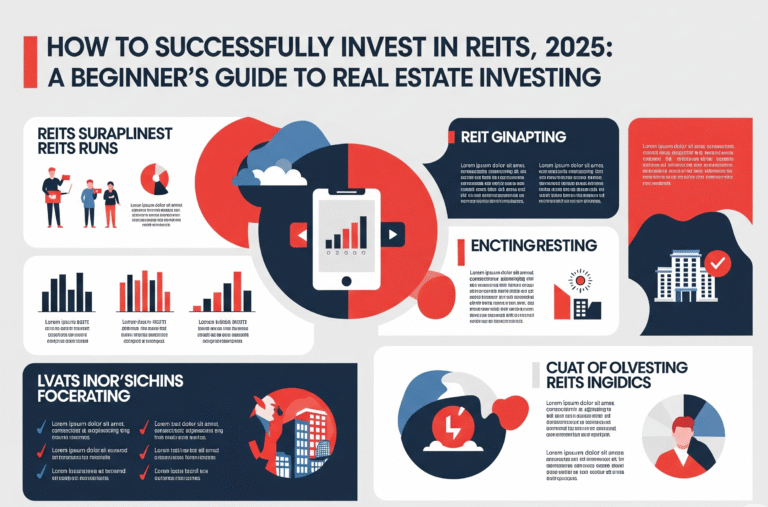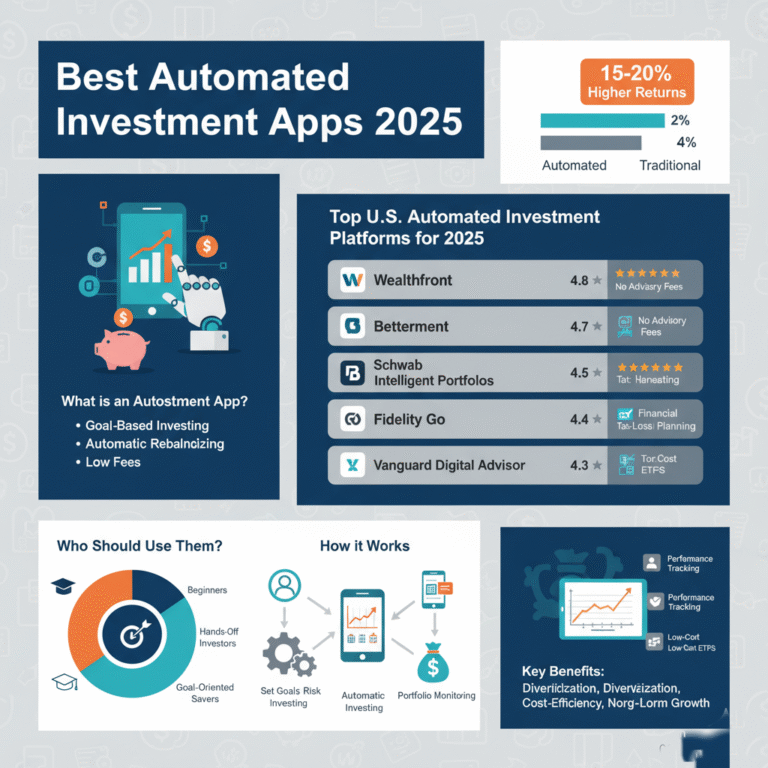Asset Finance Solutions Explained: How Small Business Owners Can Grow Smarter
Asset Finance Solution

Introduction: Unlocking Growth Without Draining Cash
A difficult problem that small business owners frequently encounter is how to invest in technology, buy new cars, or modernize equipment without depleting their cash reserves. An asset finance solution can be extremely helpful in this situation. Asset Finance Solution
Asset finance enables you to spread out the expense over time rather than committing your working capital to big upfront expenditures. Whether you are the owner of a coffee shop, internet startup, or construction company, this strategy offers flexibility, tax advantages, and better cash flow. Let’s examine what asset finance solutions are, why they are important, and how to pick the best one for your company.
What Is an Asset Finance Solution?
Businesses can purchase assets like office furniture, machines, cars, and IT equipment without having to pay the entire amount up front thanks to asset finance solutions.
In contrast to a traditional bank loan, asset finance uses the asset as collateral. As a result, acceptance is frequently quicker and requires less credit checks and documentation.
Important Points:
- The asset is bought by the lender on your behalf.
- Over a predetermined period, you make consistent payments.
- Depending on the form of financing, ownership may pass to you at the conclusion of the contract.
Why Small Businesses Should Consider Asset Finance
Every dollar matters in small firms, which frequently have limited resources. You can benefit from an asset finance solution by:
Maintain Working Capital: Have funds available for other company requirements, such as marketing, payroll, or unexpected expenses.
Take Advantage of Tax Benefits: Asset finance payments may be deductible based on local tax regulations.
Upgrade Easily: At the conclusion of the contract, you can swap or upgrade assets without suffering a significant financial loss.
Avoid High Upfront Expenses: To make budgeting easier, spread out payments over several months or years.
For instance, you may pay $1,200 a month for a delivery vehicle over a predetermined length of time rather than $50,000 all at once, freeing up money for other expansion prospects.

Common Types of Asset Finance
Asset finance solutions come in a variety of forms. You can make the best decision if you comprehend them.
- 1.Operating Lease: A shorter-term lease in which the lender retains ownership. less than a finance lease in terms of monthly payments. Ideal for assets you require in the short term.
- 2.HP, or hire purchase
You eventually own the asset after making installment payments. Ideal for companies who hope to acquire ownership in the future. Budgeting is predictable when interest rates are fixed. - 3.Lease Finance
For the majority of the asset’s useful life, you lease it. You have the option to extend the lease, upgrade, or return at the end. Excellent for rapidly deteriorating devices, such as electronic devices.
- 4.Loans backed by assets
Make use of your current assets as loan collateral. beneficial for releasing equity from your existing holdings. Risk: if you are unable to repay, you may lose the asset.
How to Choose the Right Asset Finance Solution
Think about the following when choosing an asset finance solution:
Interest Rate & Fees: Examine overall expenses rather than just monthly installments.
Ownership Terms: Do you wish to use the asset temporarily or eventually own it?
Flexibility: Is it possible to switch, upgrade, or end early without incurring penalties?
Tax Impact: To learn about deductions, speak with a tax expert.
Supplier Reputation: To steer clear of hidden clauses, collaborate with respectable financial suppliers.
Case Study: Café Equipment Upgrade
Let’s say you run a tiny café in New York. When your espresso machine malfunctions, a high-quality replacement will set you back $12,000. Your cash flow may be significantly impacted if you pay that sum up front.
You commit to paying $400 per month for 36 months when you use a hire purchase asset finance arrangement. Your cash reserves remain intact, you continue to serve consumers, and after three years, you own the machine – all while taking advantage of potential tax advantages.
revenge-saving-how-americans-are-bouncing-back
compound-interest-explained-how-100-grows-over







2 Comments